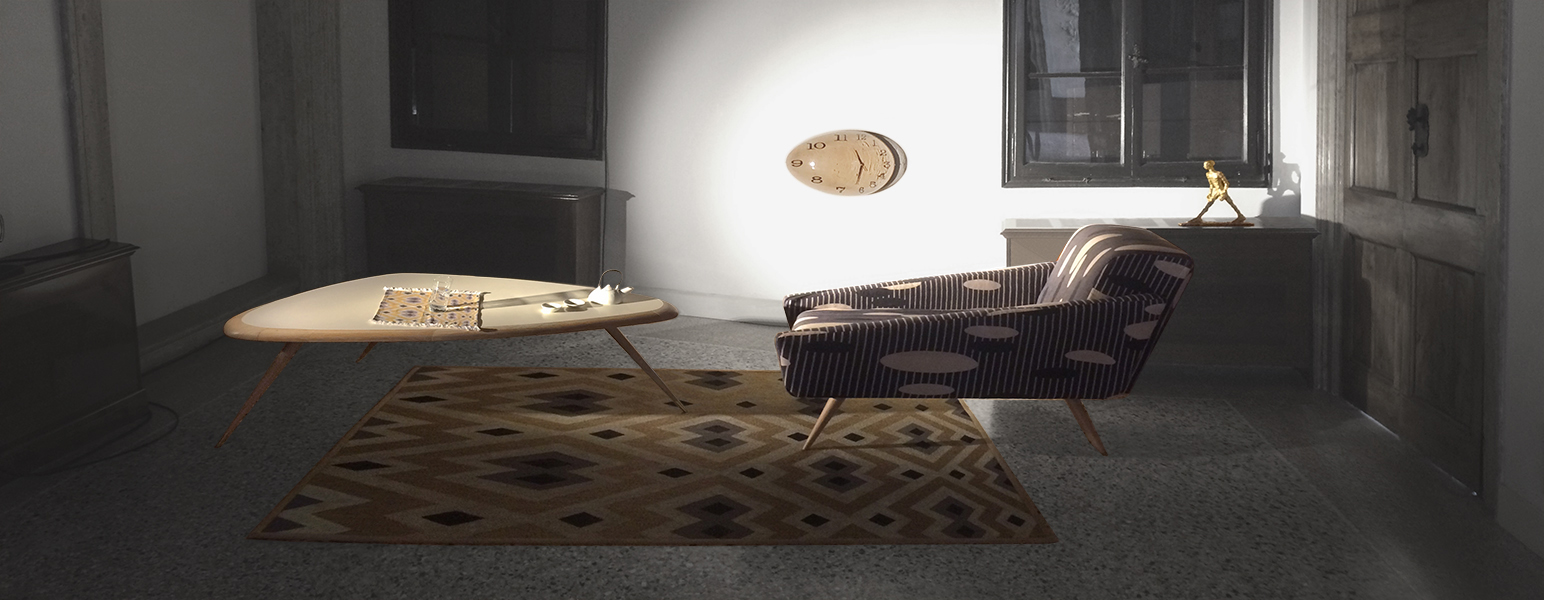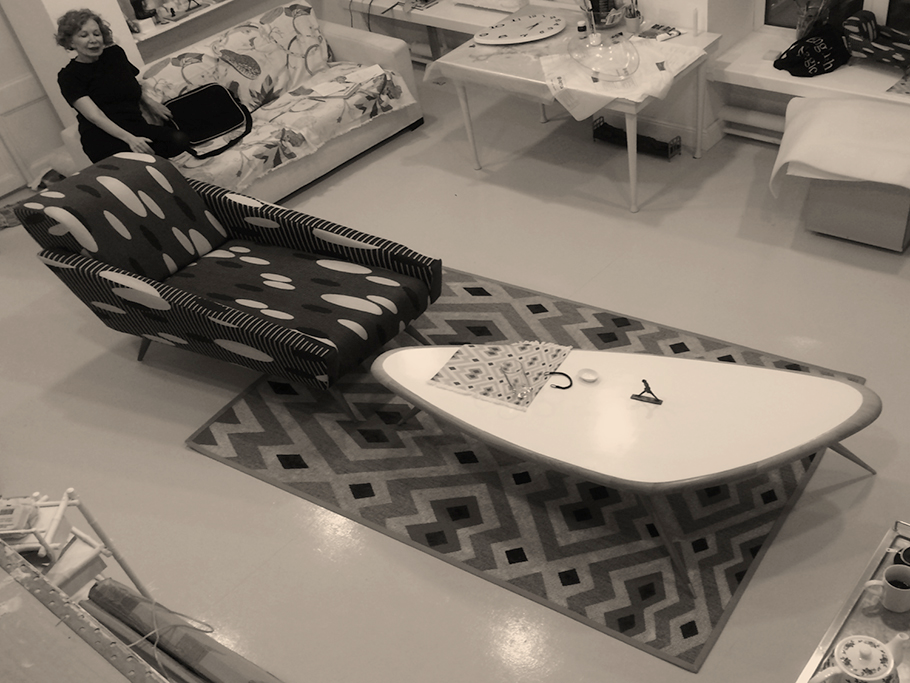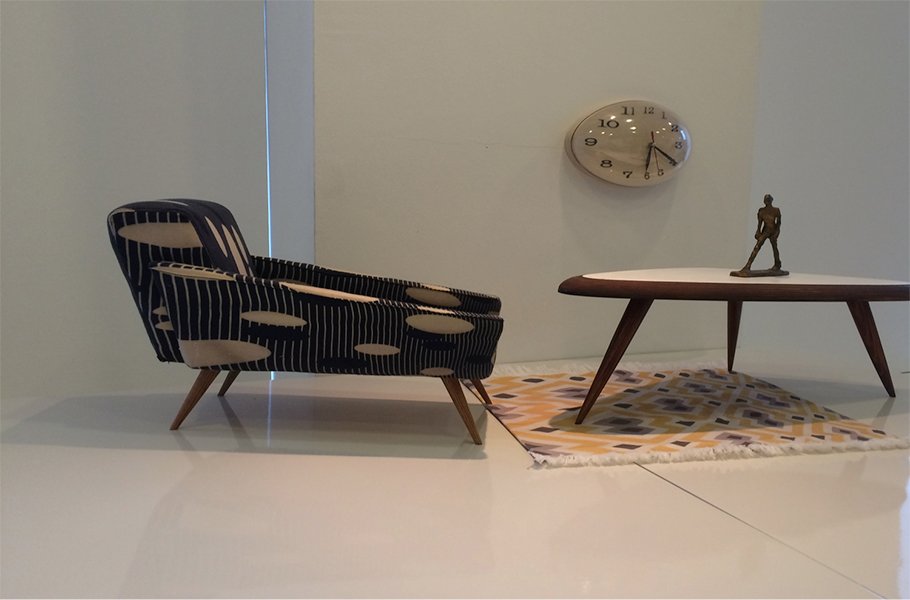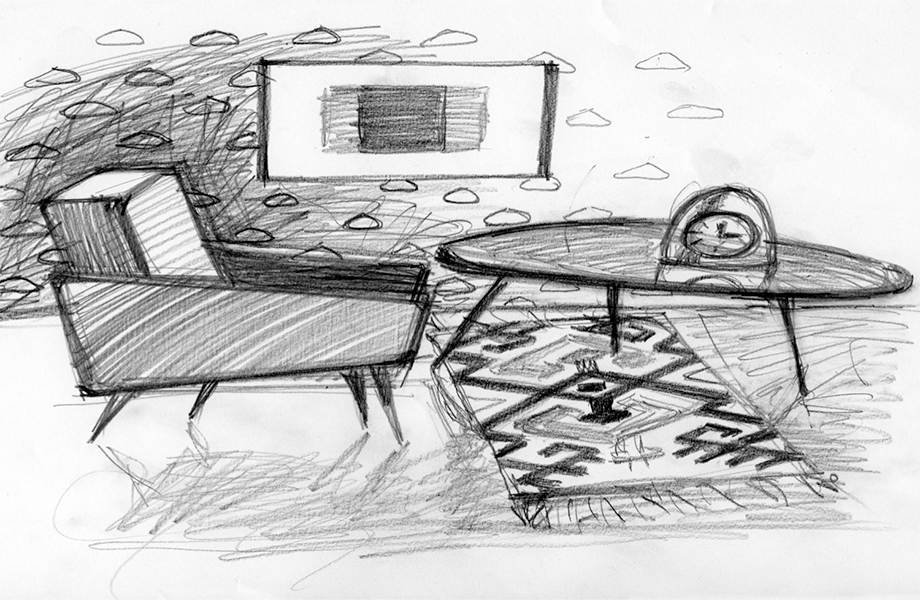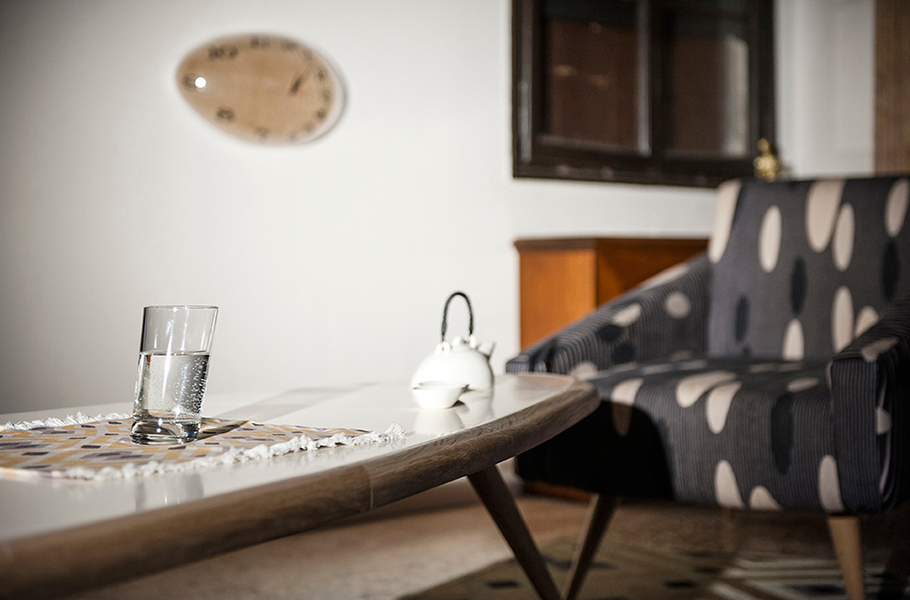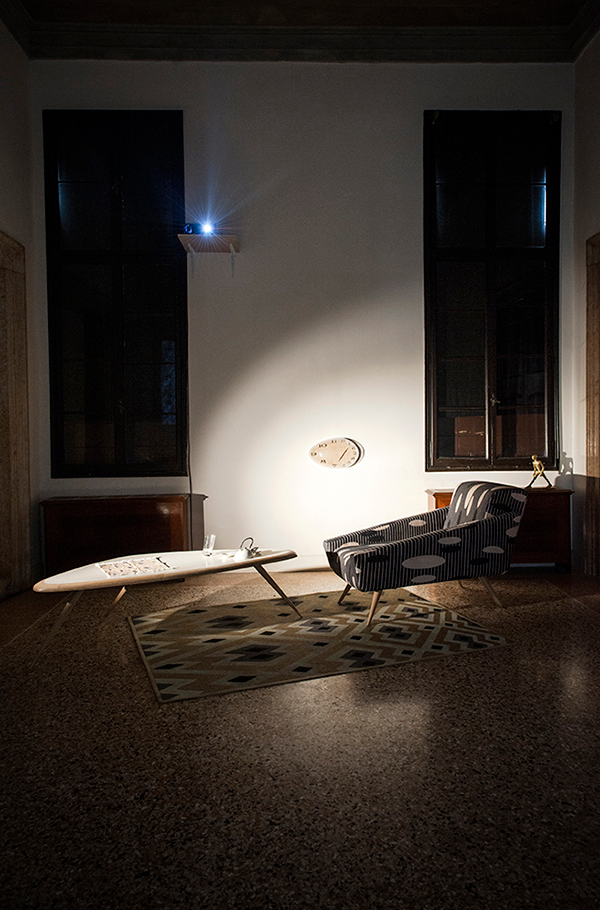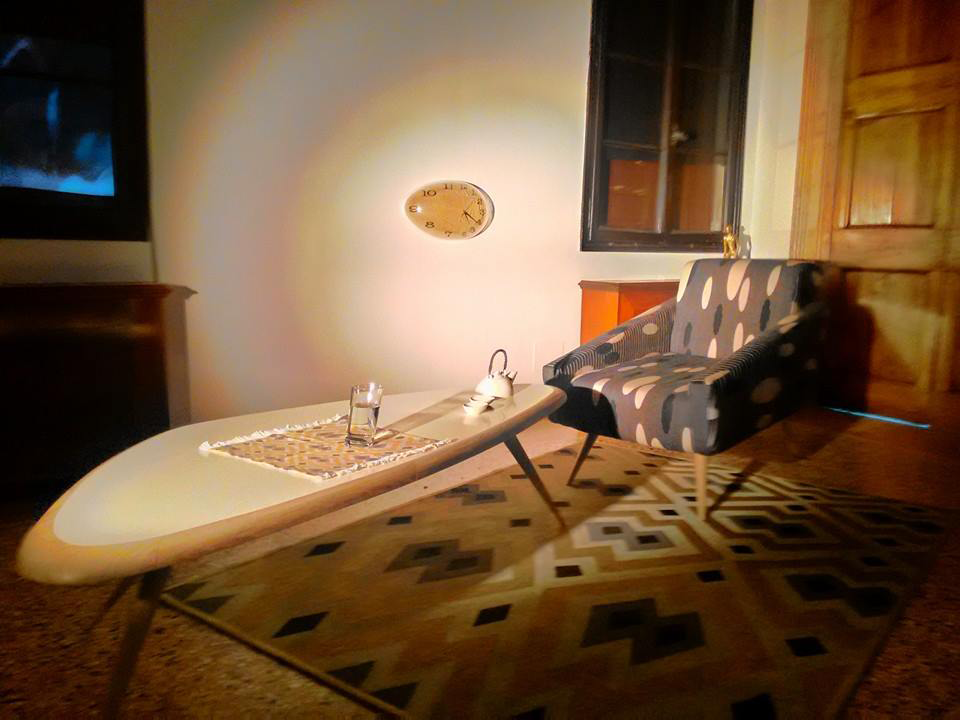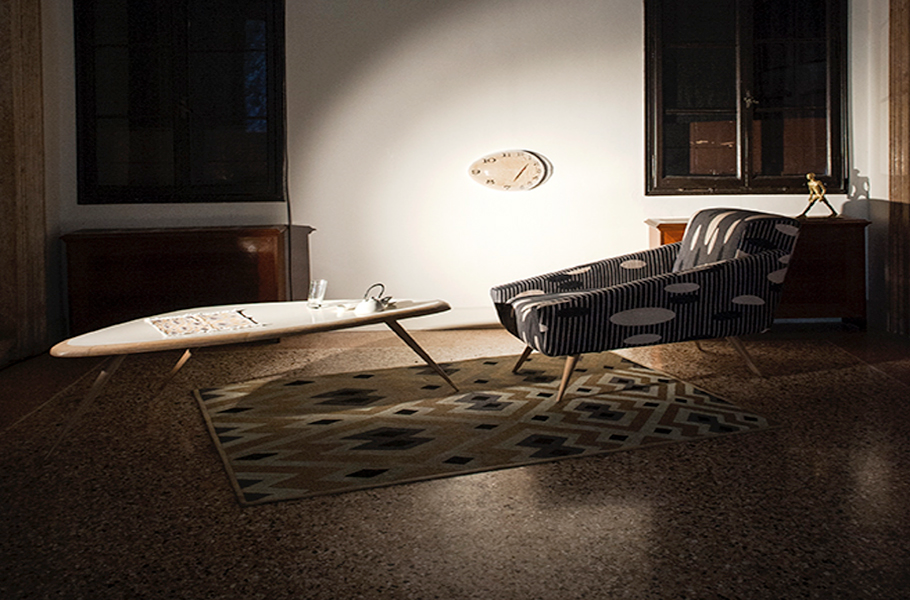Quantum Leap / Квантовый Скачок
Маврикийский художник Kavinash Thomoo в своей работе «Снова и снова» “Again and again” размышляет над тем, что Вселенная, в неумолимом процессе создания, разрушения и возрождения, равнодушна к добру и злу, чужда законам человеческой морали…
Все верно. А в то же время, Вселенная способна меняться под нашим взглядом. Возможно, это склонность к эмпатии?
Конечно, человек далек от того, чтобы управлять мировым порядком. Но он способен менять оптику взгляда, и открывать в окружающем нечто прежде невидимое и непонятное. Мы привычно настраиваем свой взгляд определенным образом, согласно нашим представлениям. Однако, в ходе истории стереотипы восприятия того или иного предмета меняются. В этом значении мы можем говорить об изменении самого предмета.
Но будет ли объект тем же самым, если на миг отвернуться в сторону и снова взглянуть на него? А в момент, когда переводишь взгляд?
Стоит сменить фокус зрения, или перевести глаза, и ты замечаешь рассеянным взглядом, что все очертания подвижны, а сами предметы вибрируют, переливаясь как радуга. Неожиданно, ты осознаешь, что неодушевленные предметы как будто бы имеют намерения, связаны между собой, и обнаруживают признаки жизни…
Согласно данным современной физики, квантовые частицы меняют свое поведение под взглядом наблюдателя. Это явление перехода в другое состояние можно назвать квантовым скачком.
Художник в каждом своем опыте исследует зону неразличимости – присутствия и скрытости, границы между видимым и невидимым, или живым и мертвым. Сосредоточенный на зрении, художник замечает в окружающем нечто неожиданное или необыкновенное. Его сознание иногда отказывается воспринимать непонятное, но автору следует принять увиденное, и следом – интерпретировать в своем искусстве. Будет ли художник убедительным? Такова ли объективная реальность, или она возникает лишь по воле художника? Со временем, вслед за автором, публика начинает видеть и замечать нечто, ранее отсутствующее.
Подобным же образом произведение искусства приобретает новые значения и смыслы под взглядом зрителя, и в этом случае происходит еще один квантовый скачок.
Инсталляция представляет собой угол комнаты, в котором все предметы деформированы: их формы и рисунки на поверхности – все вытянуто в одном направлении, как будто бы скоростью света, или движением глаз. Такое может произойти и при перемене полюсов Земли или квантовом скачке. Размер мебели: натуральная величина. Материалы: дерево и обивочные ткани, ковер, часы, картина.
Переход Маврикия к независимости в 60 е годы, и его самостоятельное культурное развитие произошло вследствие перемены в самосознании народа. Этот шаг к независимости тоже можно сравнить с квантовым скачком.
In Again and Again the Mauritius artist Kavinash Thomoo ponders upon the fact that the Universe, in the implacable process of creation, destruction, and resurrection, is indifferent to good and evil, alien to human moral laws.
That is true. At the same time, the Universe can change under our gaze. Could that be an inclination to empathy?
Man is far from managing the world order, of course. But he is able to change the optics of his gaze, and to discover something previously invisible and incomprehensible in his surroundings. We habitually tune our gaze in a certain way according to our notions. Yet, stereotypes involved in the perception of an object change in the course of history, and in this sense we can speak of a change in the object itself.
But will the object be the same still if we turn away from it for a moment, and glance at it again then? And what about the moment when your eyes move away?
Whenever you change focus or shift your eyes, you notice absent-mindedly that every outline is in motion, and objects are vibrating, opalescent with every color of the rainbow. You are suddenly aware that inanimate objects seem to have intentions, that they have relations, and show signs of life…
Modern physics claims that quantum particles change their behavior under the gaze of the observer. This phenomenon of transition to a different state can be regarded as the quantum leap.
In every experiment the artist explores the zone of indistinguishability — of the present, and of the concealed, boundaries between the visible and the invisible, or of the living and of the dead. Concentrating on vision, the artist notices something unexpected or unusual in his surroundings. Sometimes his mind refuses to perceive the incomprehensible, but the author should accept what he sees, and interpret it in his art then. Will the artist be convincing? Is that objective reality, or is that the product of artist’s will? In due time, following the author, the public starts to see and to notice something that was absent before.
A work of art acquires new meanings and values under the gaze of the spectator in the same way, and one more quantum leap takes place in this case.
The installation represents the corner of a room where all objects are distorted: their shapes, drawings on the surface, everything is pulled in one direction, as if swept by the speed of light, or by the movement of the eye. Something like that could happen when the magnetic poles of the Earth shift, or in a quantum leap. Materials used: wood and upholstery, a carpet, a clock, a painting.
The transition of Mauritius to independence in the 1960s, and its autonomous cultural development were produced by the shift in the self-awareness of the people. This step to independence may also be compared to the quantum leap.
